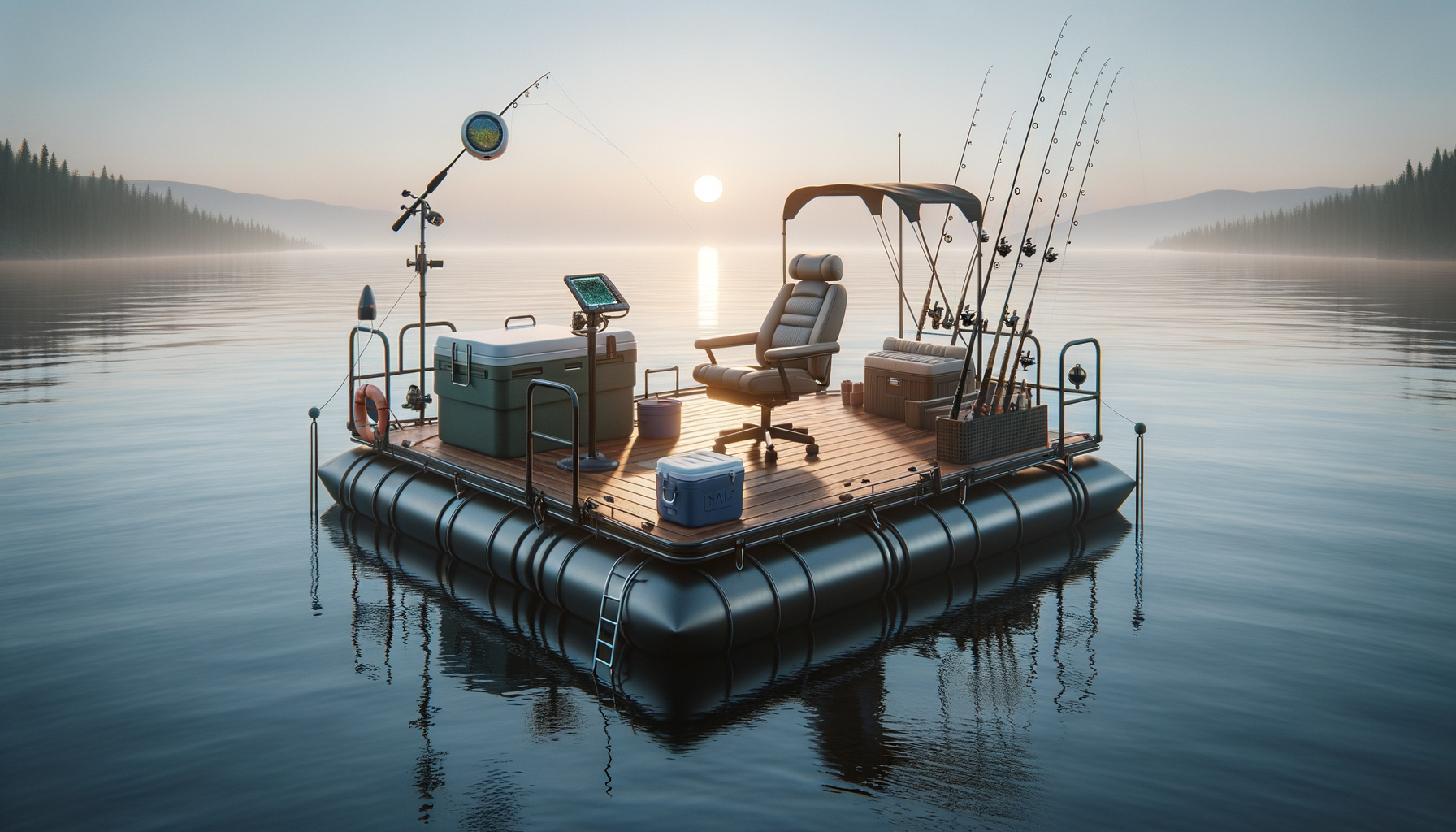
Why a Small Fishing Pontoon is Ideal
Introduction to Small Fishing Pontoons
Small fishing pontoons have become increasingly popular among fishing enthusiasts and casual anglers alike. These compact vessels offer a unique combination of stability, ease of use, and affordability, making them an attractive option for those looking to enjoy a day of fishing without the hassle of larger boats. The rise in popularity of small fishing pontoons can be attributed to several factors, including advancements in design and materials, as well as a growing interest in accessible and sustainable recreational activities. As more people seek to connect with nature and enjoy the tranquility of fishing, small fishing pontoons provide an ideal platform for these pursuits.
Design and Features
One of the standout features of small fishing pontoons is their design, which prioritizes stability and comfort. Unlike traditional boats, pontoons have a flat deck supported by two or more pontoons, or floats, which provide exceptional balance on the water. This design minimizes rocking and swaying, allowing anglers to focus on their fishing without the distraction of constant movement. Additionally, the open deck space on a small fishing pontoon offers ample room for fishing gear, coolers, and seating, making it easy to organize and access equipment.
Many small fishing pontoons come equipped with features tailored specifically for fishing, such as built-in rod holders, live wells for bait, and fish finders. These additions enhance the fishing experience by providing convenience and efficiency, allowing anglers to spend more time casting lines and less time managing equipment. Furthermore, the lightweight construction of these pontoons means they can be easily transported and launched, making spontaneous fishing trips more feasible.
Comparing Small Fishing Pontoons to Other Vessels
When considering a small fishing pontoon, it’s helpful to compare it to other types of vessels commonly used for fishing, such as kayaks, canoes, and traditional motorboats. Each type of vessel has its own set of advantages and limitations, and understanding these can help potential buyers make an informed decision.
Compared to kayaks and canoes, small fishing pontoons offer greater stability and space. While kayaks and canoes are excellent for navigating narrow waterways and provide a more intimate connection with the water, they can be less comfortable for extended fishing trips due to limited space and stability. On the other hand, traditional motorboats offer speed and power, but they often come with higher costs and require more maintenance and storage space.
Small fishing pontoons strike a balance between these options, offering a stable and spacious platform for fishing without the high costs and maintenance associated with larger boats. This makes them an appealing choice for anglers who prioritize comfort and convenience.
Environmental Impact and Sustainability
In an era where environmental consciousness is increasingly important, small fishing pontoons present a more sustainable option compared to larger, fuel-powered boats. Many small pontoons are designed with eco-friendly materials and can be powered by electric motors or even manual propulsion, reducing their carbon footprint and impact on aquatic ecosystems.
Electric motors are particularly popular for small pontoons, as they provide quiet, emission-free operation that is less disruptive to wildlife and other waterway users. This aligns with the growing trend of eco-friendly recreational activities, allowing anglers to enjoy their hobby while minimizing their environmental impact.
Additionally, the smaller size and weight of these pontoons mean they require less energy to transport and launch, further contributing to their sustainability. For environmentally conscious anglers, small fishing pontoons offer a way to enjoy fishing while supporting conservation efforts and the health of our waterways.
Choosing the Right Small Fishing Pontoon
When selecting a small fishing pontoon, several factors should be considered to ensure it meets the angler’s needs and preferences. The first consideration is size, as small fishing pontoons come in various lengths and widths. Anglers should assess how many people will typically be on board and the amount of gear they plan to bring to determine the appropriate size.
Another important factor is the type of propulsion system. While some pontoons are equipped with electric or gas motors, others rely on manual propulsion such as paddles. Anglers should consider their preferred fishing locations and the distances they plan to travel to determine the most suitable propulsion method.
Additional features such as seating arrangements, storage options, and fishing-specific amenities should also be taken into account. Some pontoons offer modular seating that can be adjusted or removed to accommodate different activities, while others may have built-in storage compartments for gear and supplies.
Ultimately, the right small fishing pontoon will depend on the angler’s individual preferences and fishing style. By carefully considering these factors, anglers can select a pontoon that enhances their fishing experience and provides countless enjoyable days on the water.


